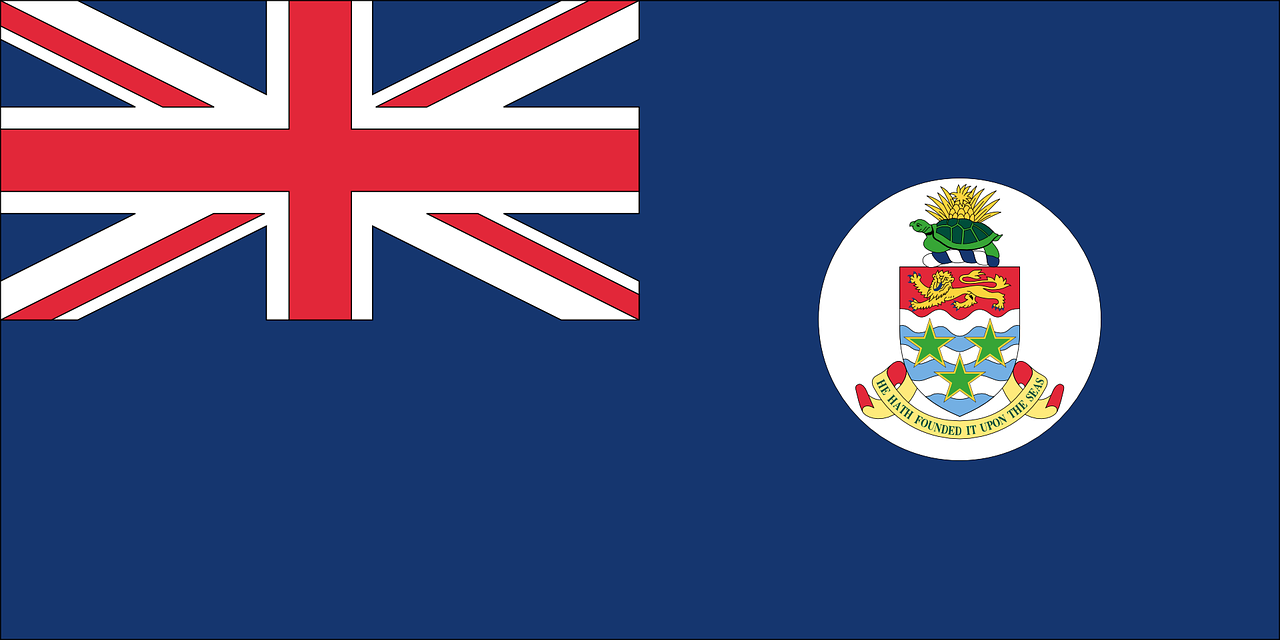
In the first quarter of 2020, the assets and liabilities of Cayman Islands banks both increased for the first time in years.
The number of resident banks declined to 124 at the end of March, down from 125 at the end of 2019 and 133 at the end of 2018. But banking assets grew from US$662.7 billion to $727.5 billion in the first quarter and corresponding liabilities jumped from $662.2 billion to $723.9 billion, Cayman Islands Monetary Authority statistics show.
Since the financial crisis in 2007, cross-border assets and liabilities reported by banks licensed in the Cayman Islands have been declining from a peak of close to $2 trillion.
The drop was mainly the result of a significant reduction of intra-bank assets and liabilities that Cayman-based branches of foreign banks have with their parent entities.
This is in part due to regulatory changes, particularly in the United States, that have reduced the incentives for corporate banking clients to pool cash balances offshore for investment in money market funds and other short-term instruments.
Consolidation in the banking industry amid increasingly costly regulation is another reason for the continued decline.
Against the backdrop of the rapidly escalating COVID-19-pandemic in the first quarter, however, global cross-border lending surged to $33 trillion, a 10% annual increase.
Claims on offshore financial centers rose by $281 billion, with the Cayman Islands accounting for almost 60%, or $160 billion, of that increase, according to the Bank for International Settlements.
While banks represent some of the growth, more than three-quarters of claims related to nonbank financial institutions, such as hedge funds.
At the end of the first quarter, banks’ cross-border claims on non-bank financial institutions globally had risen to $7.5 trillion from $4.6 trillion five years ago.
This is consistent with the development in recent years, where a decline in Cayman’s banking assets was contrasted by the growth of lending to and by Cayman-resident nonbank financial institutions.

